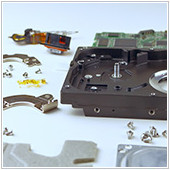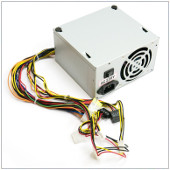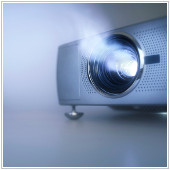Starting a business may seem simple, but running one has its costs. For a business to run efficiently, there must be necessary resources. IT equipment is one such resource, and it must be updated regularly to keep up with the pace of technology. Additionally, purchasing equipment is costly, and most businesses are now opting for […]
 Starting a business may seem simple, but running one has its costs. For a business to run efficiently, there must be necessary resources. IT equipment is one such resource, and it must be updated regularly to keep up with the pace of technology. Additionally, purchasing equipment is costly, and most businesses are now opting for Hardware-as-a-Service, or HaaS. Read on for a comprehensive review of the benefits of HaaS.
Starting a business may seem simple, but running one has its costs. For a business to run efficiently, there must be necessary resources. IT equipment is one such resource, and it must be updated regularly to keep up with the pace of technology. Additionally, purchasing equipment is costly, and most businesses are now opting for Hardware-as-a-Service, or HaaS. Read on for a comprehensive review of the benefits of HaaS.
Upfront Capital
The main benefit of HaaS is that it enables businesses to conserve on upfront capital expenditures. By replacing these high costs with a lease structure and low monthly payments, resources can be redirected toward other budget items. As a result, the business will have more resources that it could have otherwise used to purchase the computers.More modern hardware
For businesses with outdated equipment, HaaS is an easy workaround for them to upgrade their IT hardware. A service provider can supply the latest equipment at a lower monthly cost, and when their client’s machines age, upgrades can be provided without fear of incurring additional costs. By choosing this route, SMBs won't have to deal with disposing their old equipment. The service provider will take full responsibility for that.Taxes and accounting
When it comes to tax payments, businesses that opt for HaaS are also at an advantage. Equipment will be listed as a service from a vendor rather than a capital expense -- thereby decreasing their tax liability. SMBs will enjoy all the benefits of cutting-edge equipment, without the taxes that usually accompany it. HaaS allows companies to get the equipment they need without running the risk of incurring more debt. Having a balance sheet with less debt is beneficial to the business, as it provides the business with secure financial services to expand.However, when it comes to HaaS, it is important to consider what sort of technology the business needs. For example, if there is a substantial need for equipment, the best option is to choose HaaS rather than incur debt from purchases. For more information on managed IT solutions and outsourcing your technology difficulties to the experts, contact us today.

 The term ‘hard’ in hard drive shouldn’t refer to the difficulty many experience when they set out looking for a new one. It’s hard to deny the importance that hard drives still have to computers of all shapes, sizes, and operating systems -- but like the elusive concept of soulmates, how do we know which one is right for us? We’ve put together a list of five things you should take into consideration prior to buying new hardware.
The term ‘hard’ in hard drive shouldn’t refer to the difficulty many experience when they set out looking for a new one. It’s hard to deny the importance that hard drives still have to computers of all shapes, sizes, and operating systems -- but like the elusive concept of soulmates, how do we know which one is right for us? We’ve put together a list of five things you should take into consideration prior to buying new hardware.
 The average projector lifespan is around 2,000 hours. That means it’s probably been a long time since you last went shopping for a new one. If you’re unsure what to be looking for in your next purchase, you’re not alone. With every year comes updated features and industry standards for your hardware, and we’re here to clarify what that means for a new office projector. Let’s take a look.
The average projector lifespan is around 2,000 hours. That means it’s probably been a long time since you last went shopping for a new one. If you’re unsure what to be looking for in your next purchase, you’re not alone. With every year comes updated features and industry standards for your hardware, and we’re here to clarify what that means for a new office projector. Let’s take a look.
 What part of your computer can be more hands-on than the keyboard? No pun intended. A keyboards is like a lover; you spend time with it, you caress it, and you fight with it. After kissing and making up time and again, it still types at a snail’s pace, and executing simple keyboard commands becomes virtually impossible. If the greatest act of loving someone else is to let go, then love yourself by letting go of your old keyboard and factoring in these four considerations when looking for a new one.
What part of your computer can be more hands-on than the keyboard? No pun intended. A keyboards is like a lover; you spend time with it, you caress it, and you fight with it. After kissing and making up time and again, it still types at a snail’s pace, and executing simple keyboard commands becomes virtually impossible. If the greatest act of loving someone else is to let go, then love yourself by letting go of your old keyboard and factoring in these four considerations when looking for a new one.